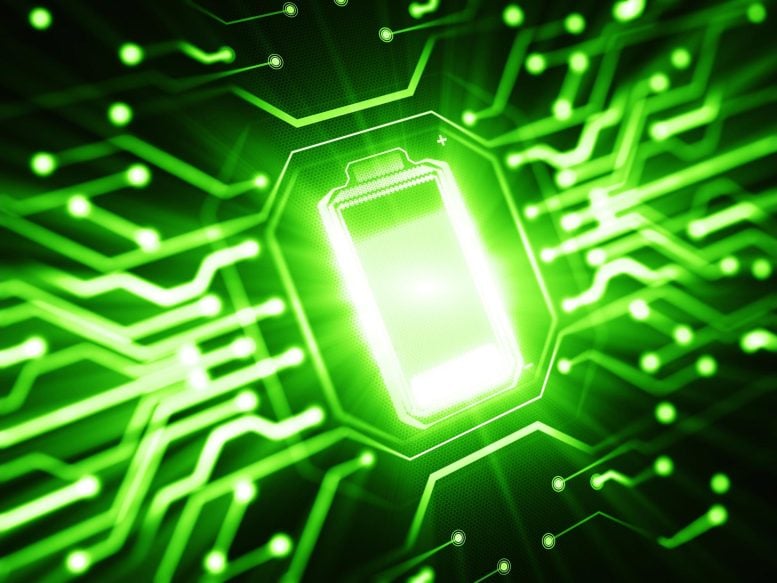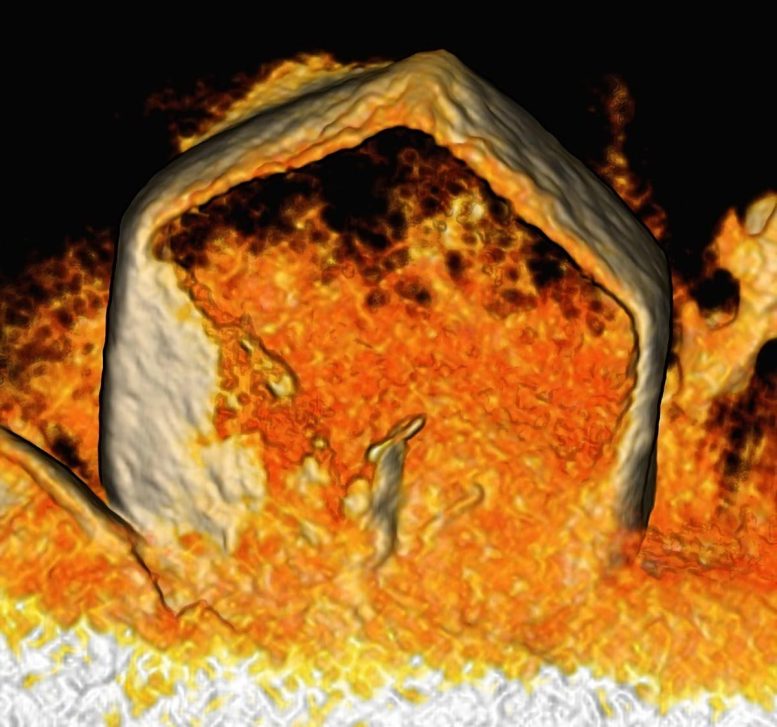
In a new Nature Energy paper, engineers report progress toward lithium-metal batteries that charge fast – as fast as an hour. This fast charging is thanks to lithium metal crystals that can be seeded and grown – quickly and uniformly – on a surprising surface. The trick is to use a crystal growing surface that lithium officially doesn’t “like.” From these seed crystals grow dense layers of uniform lithium metal. Uniform layers of lithium metal are of great interest to battery researchers because they lack battery-performance-degrading spikes called dendrites. The formation of these dendrites in battery anodes is a longstanding roadblock to fast-charging ultra-energy-dense lithium-metal batteries.
This new approach, led by University of California San Diego engineers, enables charging of lithium-metal batteries in about an hour, a speed that is competitive against today’s lithium-ion batteries. The UC San Diego engineers, in collaboration with UC Irvine imaging researchers, published this advance aimed at developing fast-charging lithium-metal batteries today (February 9, 2023) in the journal Nature Energy.

To grow lithium metal crystals, the researchers replaced the ubiquitous copper surfaces on the negative side (the anode) of lithium-metal batteries with a lithiophobic nanocomposite surface made of lithium fluoride (LiF) and iron (Fe). Using this lithiophobic surface for lithium deposition, lithium crystal seeds formed, and from these seeds grew dense lithium layers – even at high charging rates. The result was long-cycle-life lithium-metal batteries that can be charged quickly.
“The special nanocomposite surface is the discovery,” said UC San Diego nanoengineering professor Ping Liu, the senior author on the new paper. “We challenged the traditional notion of what kind of surface is needed to grow lithium crystals. The prevailing wisdom is that lithium grows better on surfaces that it likes, surfaces that are lithiophilic. In this work, we show that is not always true. The substrate we use does not like lithium. However, it provides abundant nucleation sites along with fast surface lithium movement. These two factors lead to the growth of these beautiful crystals. This is a nice example of a scientific insight solving a technical problem.”

The new advance led by UC San Diego nanoengineers could eliminate a significant roadblock that is holding back widespread use of energy-dense lithium-metal batteries for applications like electric vehicles (EVs) and portable electronics. While lithium-metal batteries hold great potential for EVs and portable electronics because of their high charge density, today’s lithium-metal batteries must be charged extremely slowly in order to maintain battery performance and avoid safety problems. The slow charging is necessary to minimize the formation of battery-performance-wrecking lithium dendrites that form as lithium ions join with electrons to form lithium crystals on the anode side of the battery. Lithium crystals build up as the battery charges, and the lithium crystals dissolve as the battery discharges.
Reference: “Growing single-crystalline seeds on lithiophobic substrates to enable fast-charging lithium-metal batteries” by Zhaohui Wu, Chunyang Wang, Zeyu Hui, Haodong Liu, Shen Wang, Sicen Yu, Xing Xing, John Holoubek, Qiushi Miao, Huolin L. Xin and Ping Liu, 9 February 2023, Nature Energy.
DOI: 10.1038/s41560-023-01202-1
Ping Liu is the director of the Sustainable Power and Energy Center (SPEC) at the UC San Diego Jacobs School of Engineering where he also serves as professor in the Department of NanoEngineering.
Funding: U.S. Department of Energy (DOE) Battery500 Consortium DE-EE0007764.
3 Comments
Filling a tank with gasoline (petrol) is still 10X as fast!
I believe the breakthrough in the article is only valid as long as these Li nanocrystals are not growing large enough to cover the entire surface where, through coalescence, a Li film is formed. I believe that the current collector properties will play no role afterwards and porous Li deposits and dendrite formation will form, assuming that the newly formed Li film will not delaminate first. This is not the breakthrough we are waiting for to see lithium metal batteries replacing lithium-ion batteries in the future.
What about the pfas polymer toxins .and the methyl bromide vapours destroying oxygen levels thousands of times faster than fossil fuels ever did just to create a power force crystal positive cathode and what about the negative bromide nuked.